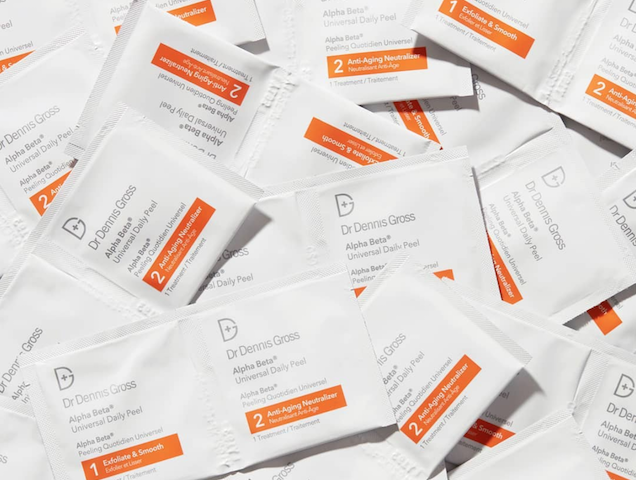There’s nothing more disheartening than watching a blemish finally clear up only to have it replaced by a scar. While some scars can become part of your signature look and make you who you are (we’re looking at you, Tina Fey and Harrison Ford), others are just reminders of something we’d rather forget. The good news is that there are ways to diminish some scars — and with the right scar treatment, fade them away entirely.
The difference between a scar and redness
Before we get into scar treatment, it’s important to clarify what exactly a scar is because there’s often confusion. “People commonly confuse the red patches they see from a healing blemish for a scar,” says Dr. Neal Schultz, host of DermTV and creator of BeautyRx by Dr. Schultz. “If you can’t feel it, it’s not a scar! The redness you see is discoloration and that should go away on its own in a matter of two months.”
If after two months you don’t see an improvement in the redness, Schultz recommends in-office laser treatments. “The redness is your body thinking it has not healed itself entirely so it continues to bring more nutrients via blood vessels to the area, which results in that redness you see on the surface.” There is no over-the-counter (OTC) scar cream that will help that redness go away faster so the only thing you can do is work to prevent future blemishes.
The OTC scar treatment
Now that we understand what a scar isn’t, let’s hear what it is. “A scar is something you can either feel as a bump or a depression; if the issue is a depression, no topical product will work,” says Schultz. “It’s lost tissue.” For raised scars, he suggests using a silicon-based product from a reputable seller, like Mederma, daily for four to eight weeks. “If that doesn’t help, cortisone injections and laser treatments are effective options.”
The DIY scar treatment
If you’re on a budget, Schultz suggests trying a DIY scar treatment before opting for a scar cream. “Rub the raised scar for 15 to 30 seconds three to four times a day for a month.” Since the rubbing can cause friction, he suggests using Vaseline, Aquaphor, chocolate syrup(!), literally anything that will decrease friction to avoid irritation. While the reason this at-home remedy works isn’t exactly known, Schultz theorizes that since raised scars are a result of too much collagen, the rubbing may help with the remodeling of collagen. He also adds that if this doesn’t help heal your scar after a month, odds are OTC silicon scar creams won’t work, either.
Get your vitamin C
Besides silicon, which can help prime skin for faster scar healing and also improve the texture of scarred skin, vitamin C has proven to be effective in minimizing the appearance of scars. “You should seek out ingredients with skin brightening and anti-inflammatory benefits,” says Dr. Dennis Gross, dermatologist and founder of Dr. Dennis Gross Skincare. “Vitamin C is one of my favorite ingredients — it’s a multibeneficial product that rejuvenates and brightens skin, stimulates your body’s natural production of collagen and protects against free radicals and UVA/UVB. Vitamin E is another helpful vitamin to elevate the regeneration of cells.”
Exfoliate the right way
He also suggests gentle, chemical exfoliation if you’re dealing with acne scars. “The Alpha Beta Universal Daily Peel is formulated with a cocktail of alpha and beta hydroxy acids that exfoliate dead, darkened scar skin cells while stimulating your body’s natural production of collagen. For scars on your body, Embrace silicone gel strips contain vitamin C, which repairs cellular trauma while also protecting against future damaging free radicals.”
If acne scars aren’t the concern but rather stretch marks, Gross says that, generally speaking, you can treat scars and stretch marks with the same types of products. But he cautions that while stretch marks will eventually fade, they’re a kind of scar that will never go away on its own.
When at-home scar treatment just doesn’t cut it
If you find that OTC products aren’t working, in-office laser treatments can be extremely effective in decreasing the size of scars. “The V-Beam laser is a noninvasive treatment that is effective in treating acne scars, while the Syneron Sublative laser is best for extreme scarring. I usually administer a series of three to five treatments about four weeks apart and you can typically see results in about three months. Every scar is different so be sure to consult your dermatologist for the best treatment option.”
The importance of prevention
Besides products, avoiding the sun is a must to prevent darkening of scars. “You should always wear an SPF year round, but it is especially important to cover scars so they are protected against UVA/UVB,” says Gross. “Sun exposure can worsen the appearance of a scar and damage your skin further. Regularly moisturizing the skin will also help to prevent the scar from worsening. Finally, making sure you’re not picking or touching the scarred area is important, too.”
For a look at the best OTC scar treatment products, check out our slideshow above.
[ Next: 12 Unexpected Products That Secretly Fight Acne ]
Which OTC Products Actually Work To Treat Scars?
-
Mama Mio
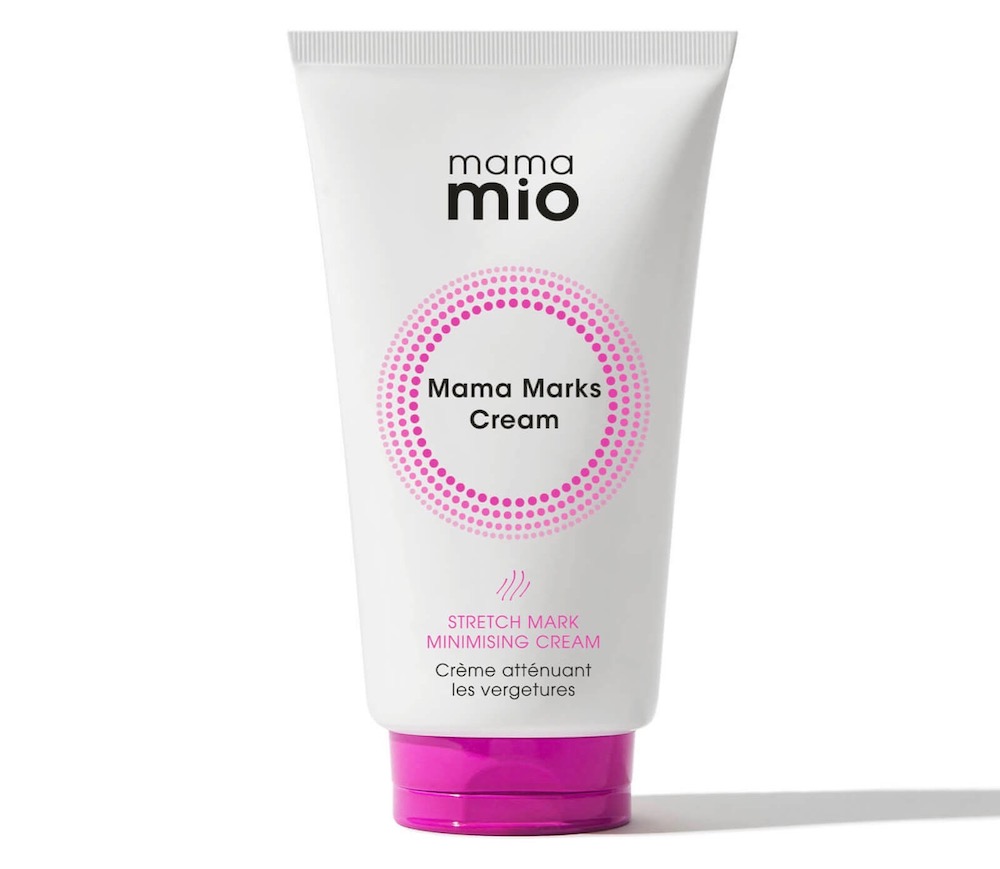
Mama Marks Cream, $42.40 at Mio
-
Volition Beauty
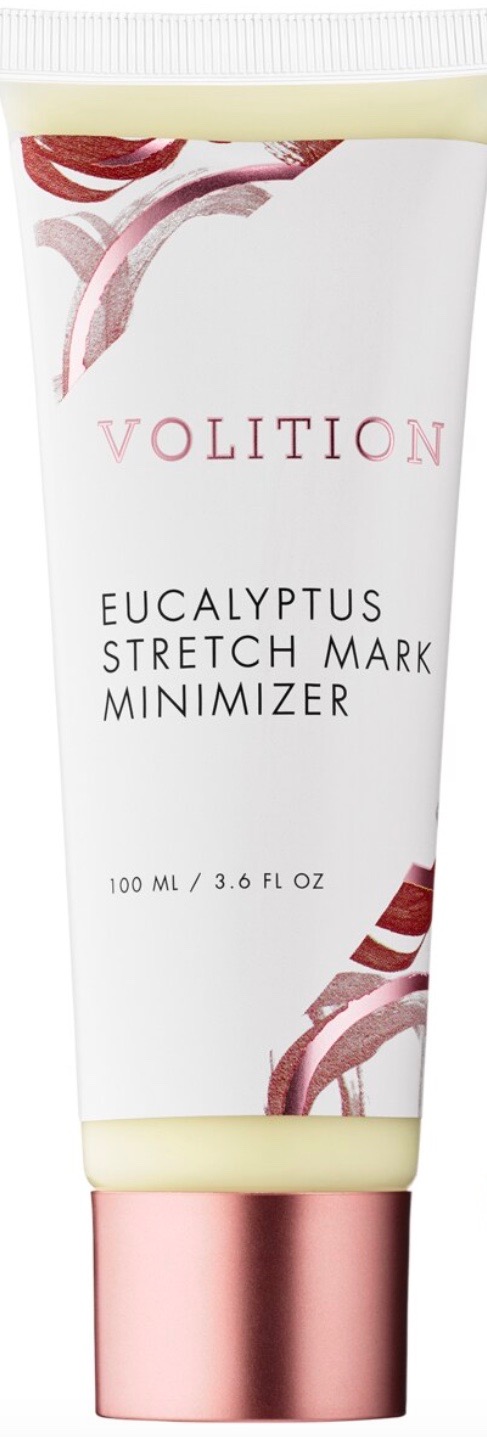
Eucalyptus Stretch Mark Minimizer, $48 at Sephora
-
Neova

Cu3 Tissue Repair Recovery Cream With Copper Peptide Complex, $43 at Amazon
-
Erbaviva
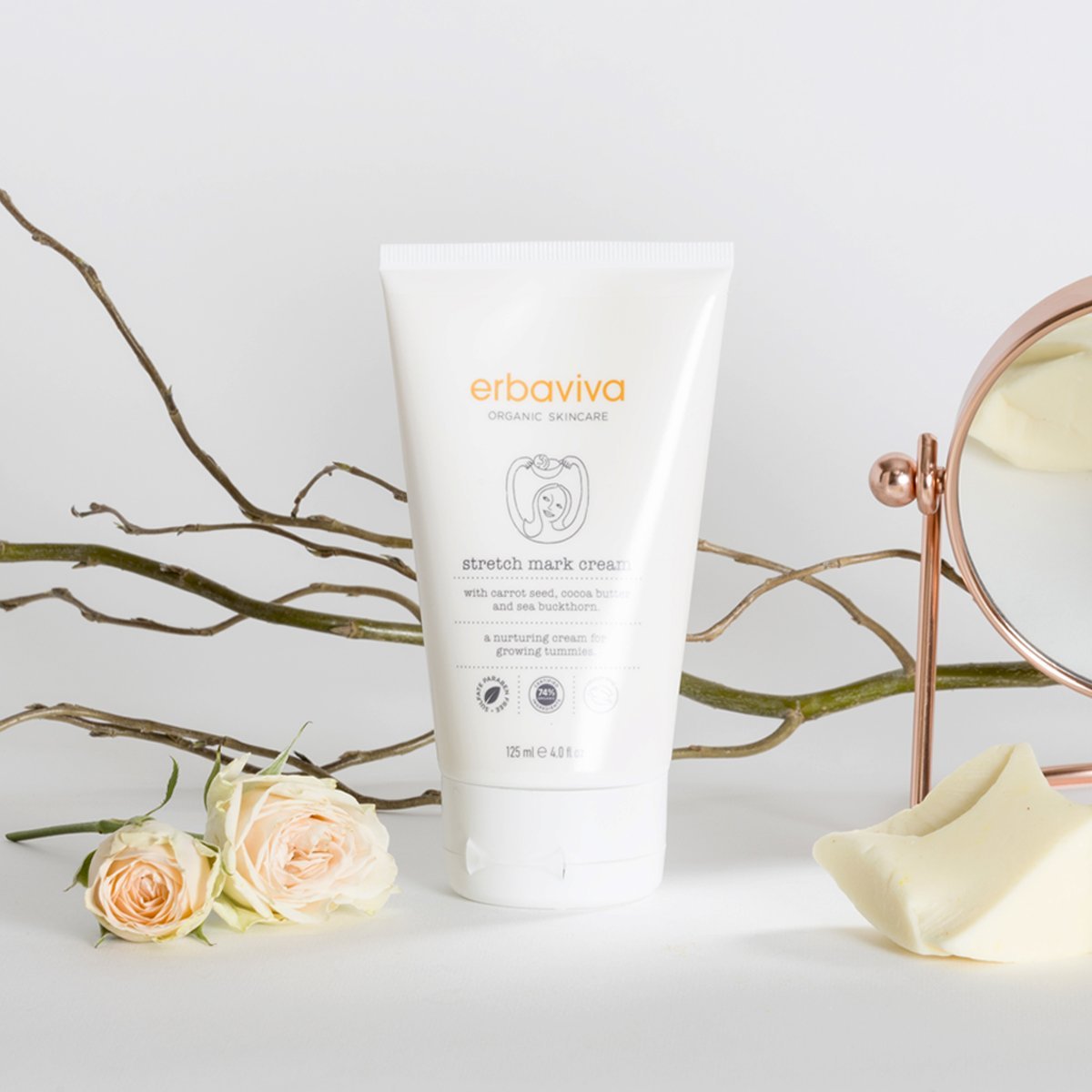
Stretch Mark Cream, $30 at Erbaviva
-
Kerstin Florian
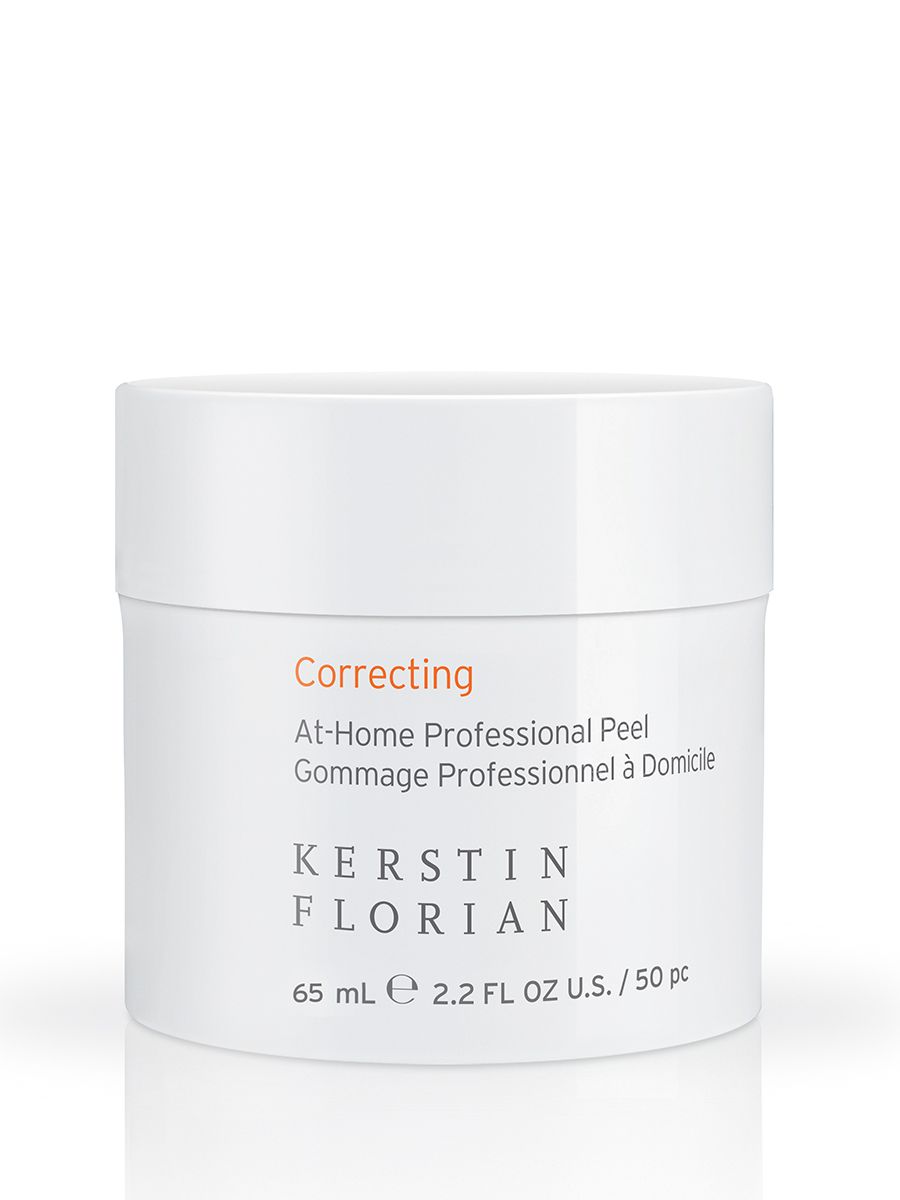
Correcting At-Home Professional Peel, $78 at Kerstin Florian
-
Skin and Senses
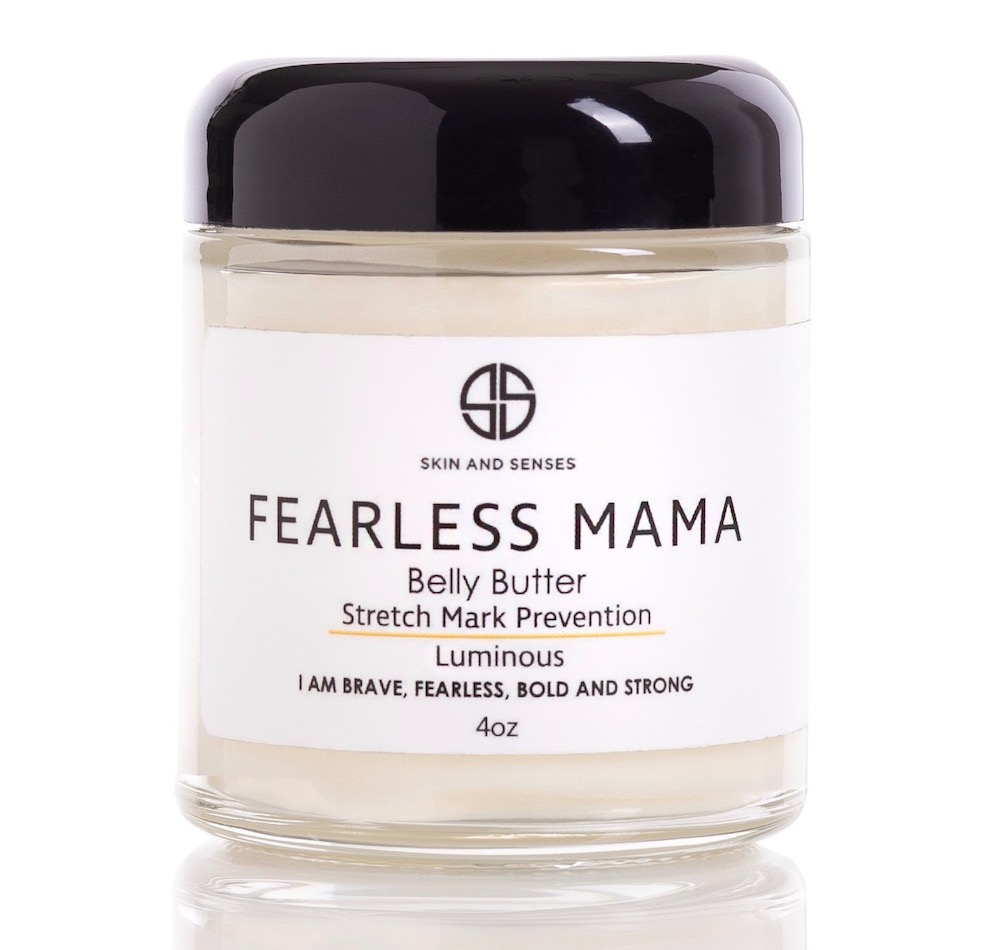
Fearless MaMa Belly Butter Stretch Mark Prevention, $34 at Skin and Senses
-
Elina Organics
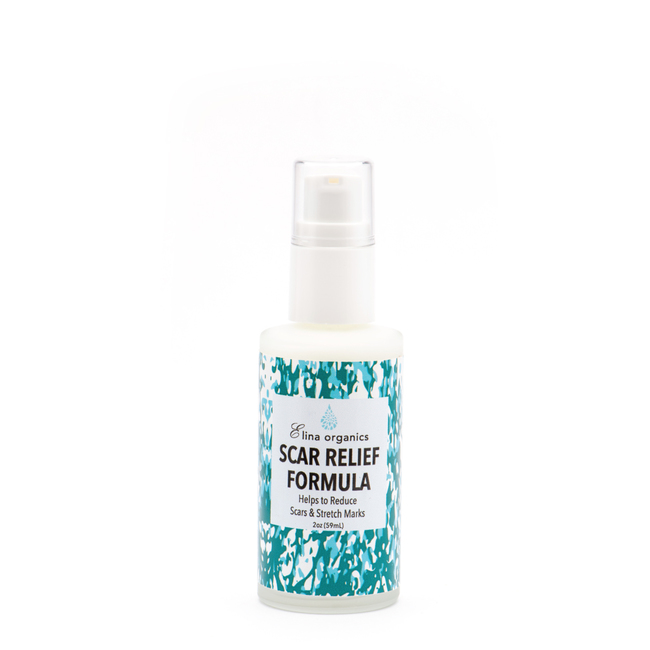
Scar Relief Formula, $35 at Elina Organics
-
Dr. Dennis Gross Skincare
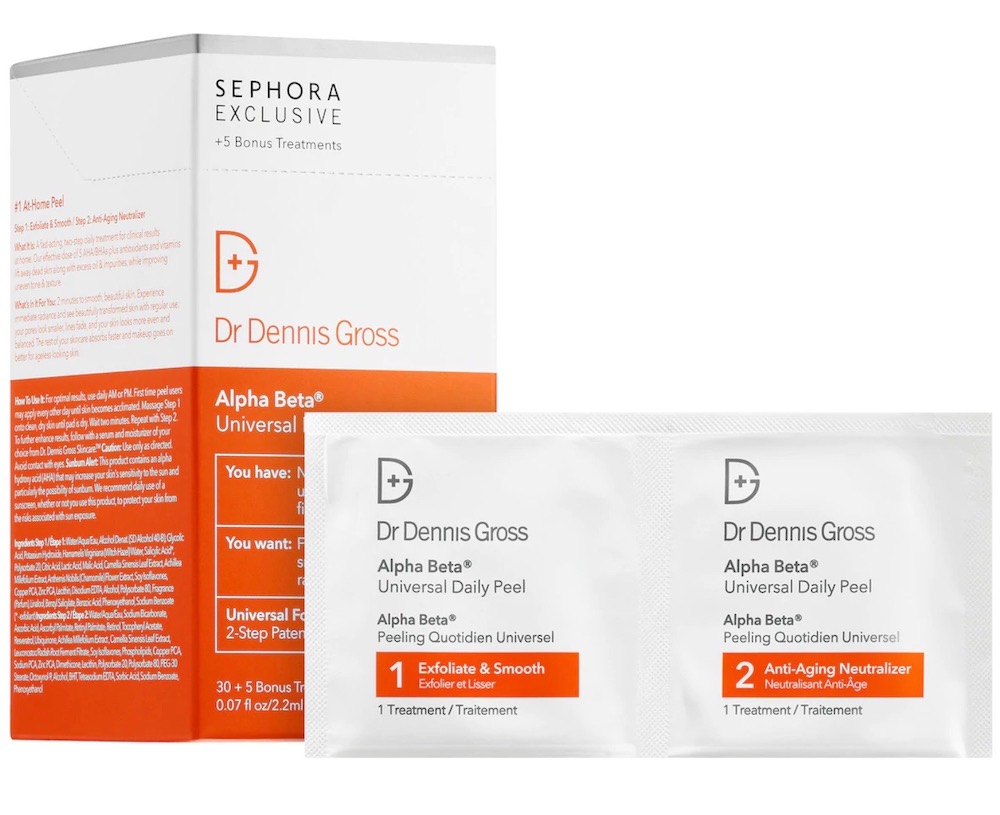
Alpha Beta Universal Daily Peel, $88 at Sephora
-
Embrace
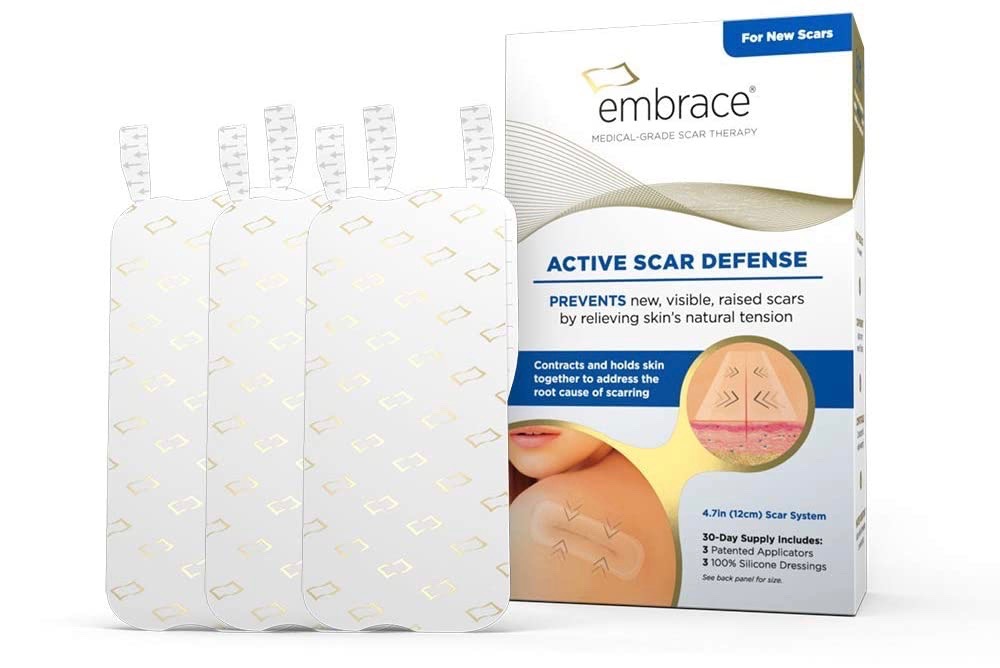
Active Scar Defense, $22.99 at Amazon
-
Mederma
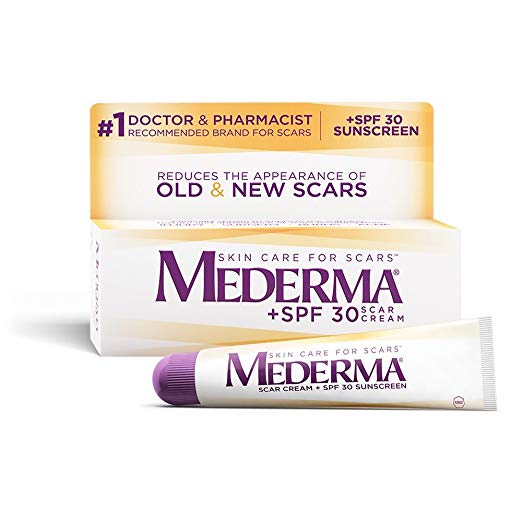
Scar Cream Plus SPF 30, $16.36 at Amazon
